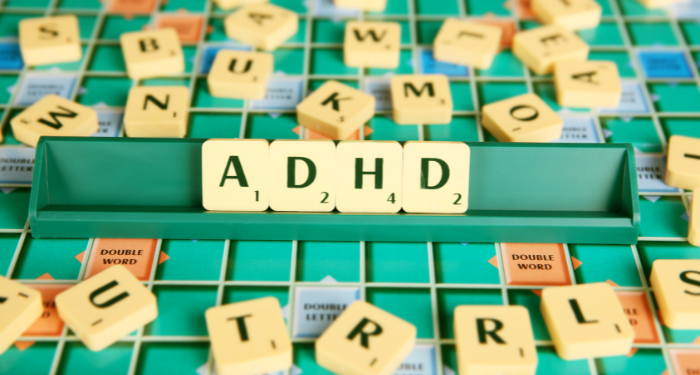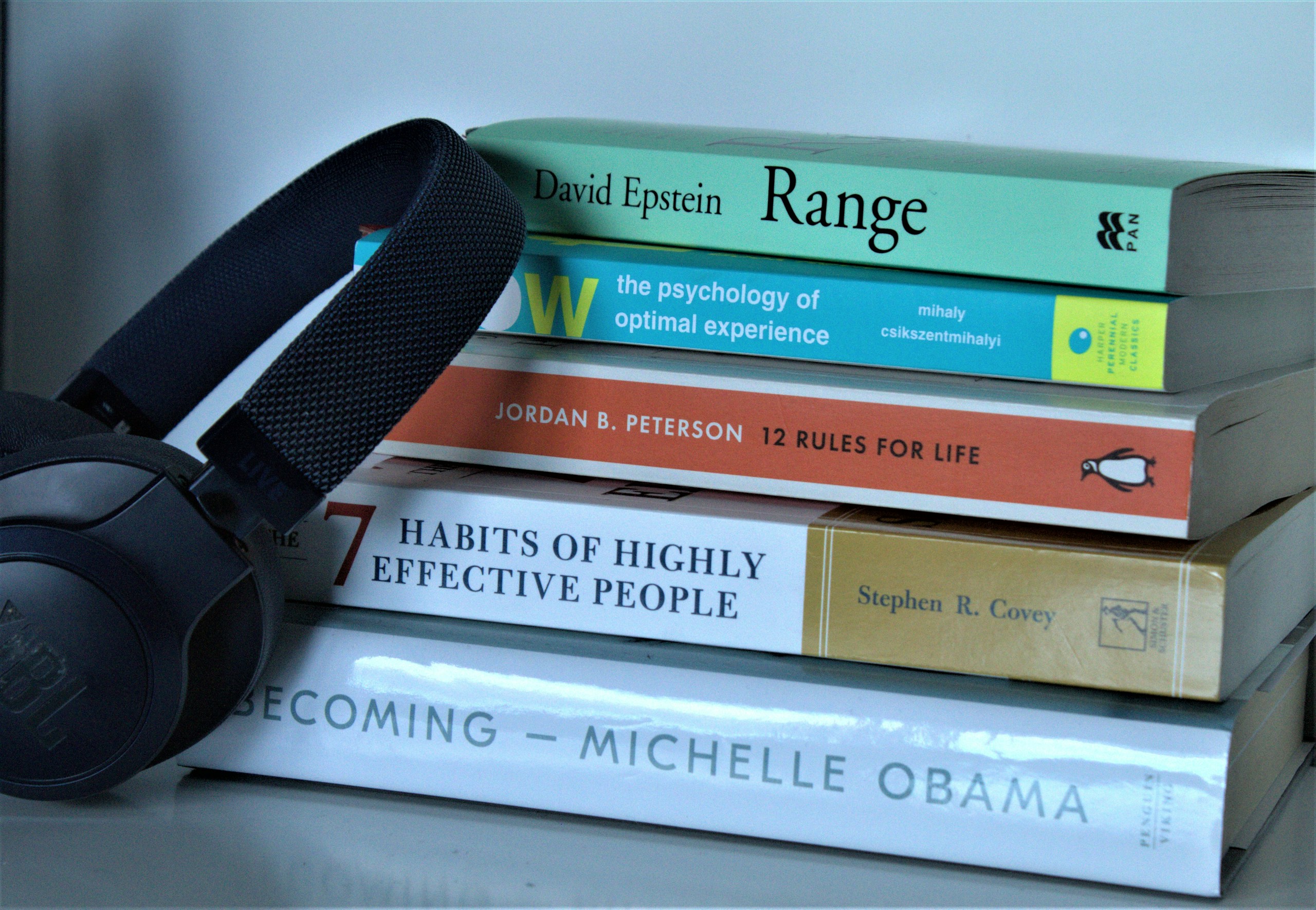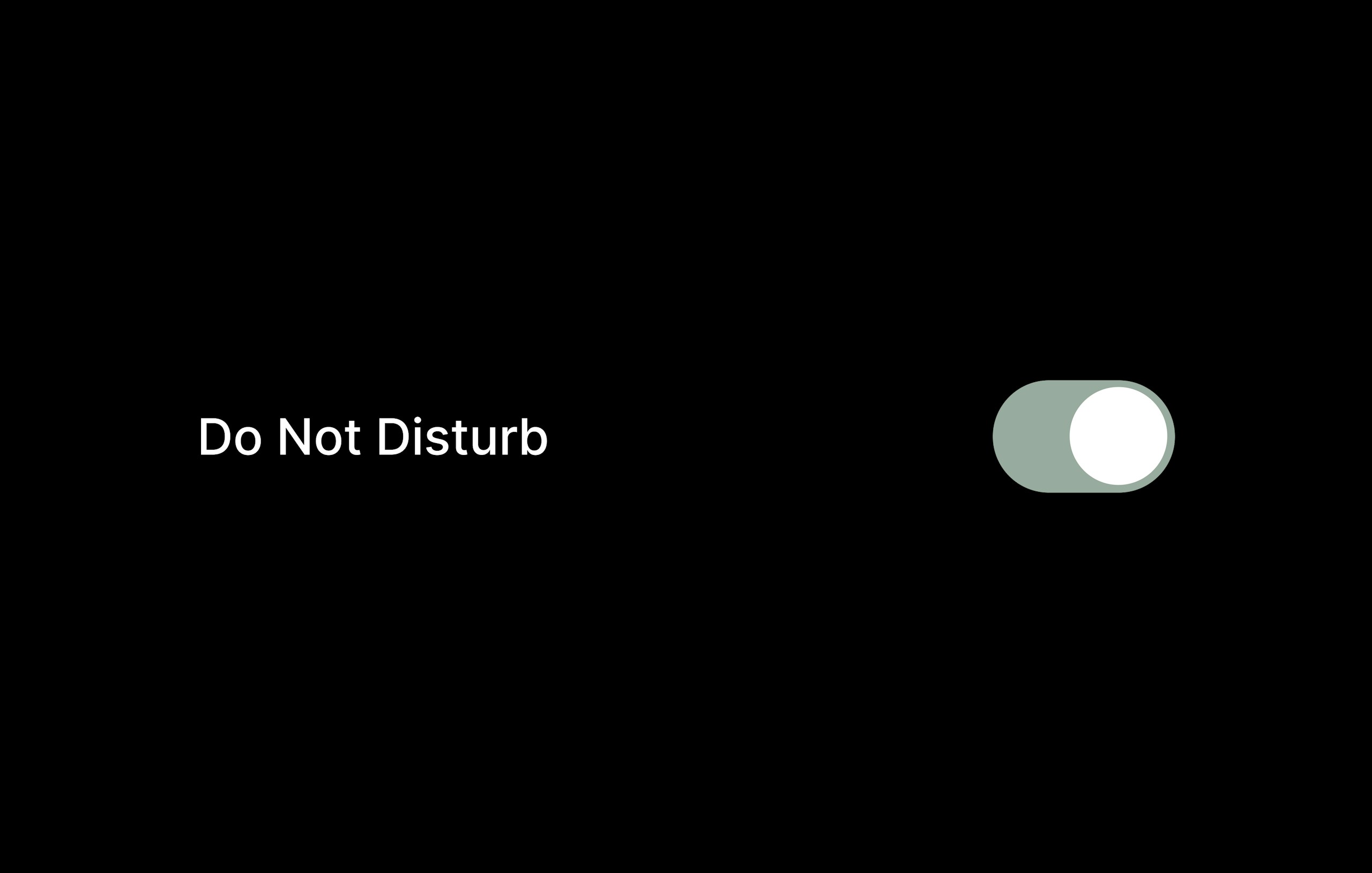How to Focus on Reading with ADHD
Despite what you might believe, people with diagnosed ADHD are approximately 3.5% of the population in the United States. Fewer than 20% of adults who have ADHD are diagnosed or treated by professionals. People have been living their whole lives without realizing that they are neurodivergent, struggling day to day, and if they’re like me, wondering what’s wrong with them. Thanks to social media like Instagram and TikTok, many symptoms that seem benign are brought to light, leading more and more people to seek out diagnosis.
Don’t get me wrong, social media is full of people who are not doctors, or not even diagnosed themselves, telling watchers that because they are forgetful or distracted, they probably have ADHD. The best way to know for sure is to seek help from medical professionals.
ADHD is generally misunderstood. Symptoms are seen as an “excuse” for certain undesirable behaviors. But the truth is, people with ADHD have their lives affected by symptoms every day, to significant detriment. This is known as ADHD tax. There are real consequences to symptoms that individually seem benign or easily dismissed. For people with ADHD, figuring out how to work with their brains is essential.
What is ADHD?

ADHD, or attention deficit hyperactivity disorder, is a neurodevelopmental disorder. Symptoms include daydreaming, forgetting or losing things frequently, impulsivity issues (including interrupting and risky behaviors), having trouble starting or finishing tasks, trouble following directions, fidgeting or inability to sit still, hyperfocusing, being easily distracted, and often overlooking details.
Within this, there are three types of ADHD: inattentive, hyperactive-impulsive, and combined presentation. These are just what they sound like. There are symptoms that present in an inattentive way, such as careless mistakes, disorganization, and easily distracted. Then, there are symptoms that present in hyperactive-impulsive ways, such as fidgeting, feeling restless or the inability to sit still, and interrupting. Or, for the third type, a combination of inattentive and hyperactive symptoms.
Why People With ADHD Might Struggle With Reading
To start with the obvious, people with ADHD have trouble with attention. This means they have trouble focusing and remembering things. They may take longer to process information or have trouble sitting still. Many are unable to manage distractions, both externally by things in their environment and by being derailed by thoughts. According to a 2019 study, it’s common for people with ADHD to also have a reading disability, such as dyslexia. Other common comorbidities with ADHD are depression, anxiety, OCD, and ODD.
Let’s say a person has problems with executive function (getting started on tasks), a reading disability, and can’t sit still. It’s no wonder they don’t want to read! If everyone’s brains were set up this way, reading would probably look completely different.
How To Focus On Reading With ADHD
It’s not hopeless though! There are strategies that can help. For my fellow ADHDers out there, I’ve divided up the strategies into three categories with easy to skim lists for each. I hope you find something helpful that you can take with you!
Physical Strategies

Body doubling with another person. Body doubling is when a person with ADHD has a particularly frustrating or difficult task to tackle, so they sit with another person who is also working, to anchor them to what they are working on. It helps reduce distractions.
Interactive reading activities. Including but not limited to:
- Highlighting and underlining passages that are important or that you want to remember.
- Asking questions as you go. This one does double duty because keeping a question in mind gives your brain something more to focus on than just the words on the page, and because it provides ample opportunities to pause when you find an answer and write it down.
- Taking notes is similar to asking questions. It gives readers time to process information they just read and a physical break from reading.
- Summarizing is especially useful with nonfiction texts and reading for work or school. Pausing after each page or paragraph to write out a summary gives opportunities for breaks and lets your brain process what it just read, increasing the likelihood that you’ll remember what you’re reading.
- Use a bookmark or ruler to keep your place. Readers with ADHD tend to skip around the page, missing words or entire sentences. Using a bookmark to reveal one line at a time increases focus and doesn’t let you skip too far ahead.
- Use your finger to skim the page while you read. Same principle as above, but without any tools needed.

Read aloud to yourself. Reading aloud forces your brain to slow down. It minimizes internal distractions because you have not only the words to focus on, but also saying them.
Exercise before you start. Sometimes you just need to get that restless energy out. Taking a walk, dancing to your favorite song, or hitting the gym can help relieve some of that restlessness.
Take movement breaks. There’s no rule that says reading a little at a time doesn’t count. It still gets the book read! When you start to feel restless, get up and go to the bathroom or refill your water. Then you can come back and return to reading.
Change your environment. Designate one area in your home to reading. Choose a room, corner, or chair that you use only for reading. Then your brain knows that this area means reading time. Also, you could get out of the house completely and go to the library or a park to read so that the full dishwasher doesn’t grab your attention instead.

Set a timer. Setting a timer for 10-20 minutes and then breaking to move will let your mind and body relax so you can read. Knowing that there’s a time limit helps keep disruptive thoughts at bay until the timer dings.
Brain dump beforehand. If you have a lot on your mind, write all those thoughts down before you start, so that you can focus on the task at hand.
Sticky notes with daily reading goals. I found this one on TikTok, and it’s genius. See how many pages your book has total and decide when you want it finished by. Then divide the number of pages in the book by how many days, and put a sticky note at the end of each daily segment so you have a visual and tactile reminder of how much you want to read. For example, if I want to read a 400 page book in a week, then I need to read about 57 pages a day. Every 57 pages, I’ll put a sticky note. This helps gamify reading, too, by making me want to get to the next sticky note even faster.
Listen to audiobooks while doing a physical activity. This engages both body and mind. Listen to an audiobook while you color or cross stitch or use a fidget device. For even more tips, check out another article I wrote about audiobooks and ADHD.
Tech Strategies

Listening to brown noise while reading. Brown noise is a lower frequency than the more popular white noise, and can help increase focus.
Kindle reading ruler. Kindle has a feature called a reading ruler that acts like the bookmark hack above. It highlights a few lines at a time so you don’t skip around the page.
Endless scroll. Kindle also has a feature where you can change the default page flip to an endless scroll instead. The page flip can be distracting, where the endless scroll feels more like Instagram or Facebook, which always keeps my attention. Here’s how to do it:
- Tap center screen.
- Hit the Aa.
- Then select Layout.
- Turn on continuous scrolling.
Listen to audiobooks while reading. Having the book read to you while you read along engages many senses and different parts of your brain. Doing both at the same time increases focus.
Speak screen. Reading on a cell phone or iPad is convenient. There’s a feature called “speak screen” where you can have the words read aloud to you as you read along. For iPhone, find directions here. For Android, find directions here.
Bionic reading. This technology bolds the beginning letters of words or particular words, which some people with ADHD report makes it easier to read. You can use with websites as well as ePub files.
Everything Else

Minimize distractions. Put your cell phone on “do not disturb,” move to a place where you can’t see the dirty dishes, wear noise canceling headphones.
Read at the right time for your brain. If you get in bed with a book and don’t even make it through one paragraph before falling asleep, then bedtime isn’t the best time for your brain to read. Try after dinner or first thing in the morning. Learn when during the day your brain is able to focus and plan reading time then.
Follow your interest. If you’re reading for pleasure, find books that interest you. ADHD brains are motivated by what interests them. Hello, hyperfixation!
Embrace the DNF. When a book loses your interest, there’s no shame in putting it in the “did not finish” pile and moving on to the next one.
Forgive yourself. Sometimes we have bad brain days. That’s okay. Try again tomorrow.

Reward yourself. Remember Book IT!? Who says you can’t buy your own personal pan pizza every time you finish a book? No one. That’s who.
Accountability. Join a book club. Enlist that super reader friend to join you in a buddy read of a book that’s been on your TBR for ages.
Train your brain. Set up a trigger for your brain so it knows that it’s reading time. Light a candle every time you read, so that when that candle gets lit, your brain shifts gears. Have the same beverage, put on the same playlist, or like I mentioned above, sit in the same chair.
Practice. I know, I know, I don’t love this one either. But the more you practice, the easier reading becomes.
I hope you were able to find something helpful to take with you in your reading practice. If you want to know more about how reading changed for me after my ADHD diagnosis, I wrote about that here. Maybe you’re looking for book recommendations because you or someone you love was diagnosed with ADHD, you can find more about that here. And here are 8 books for parents of children with ADHD.



